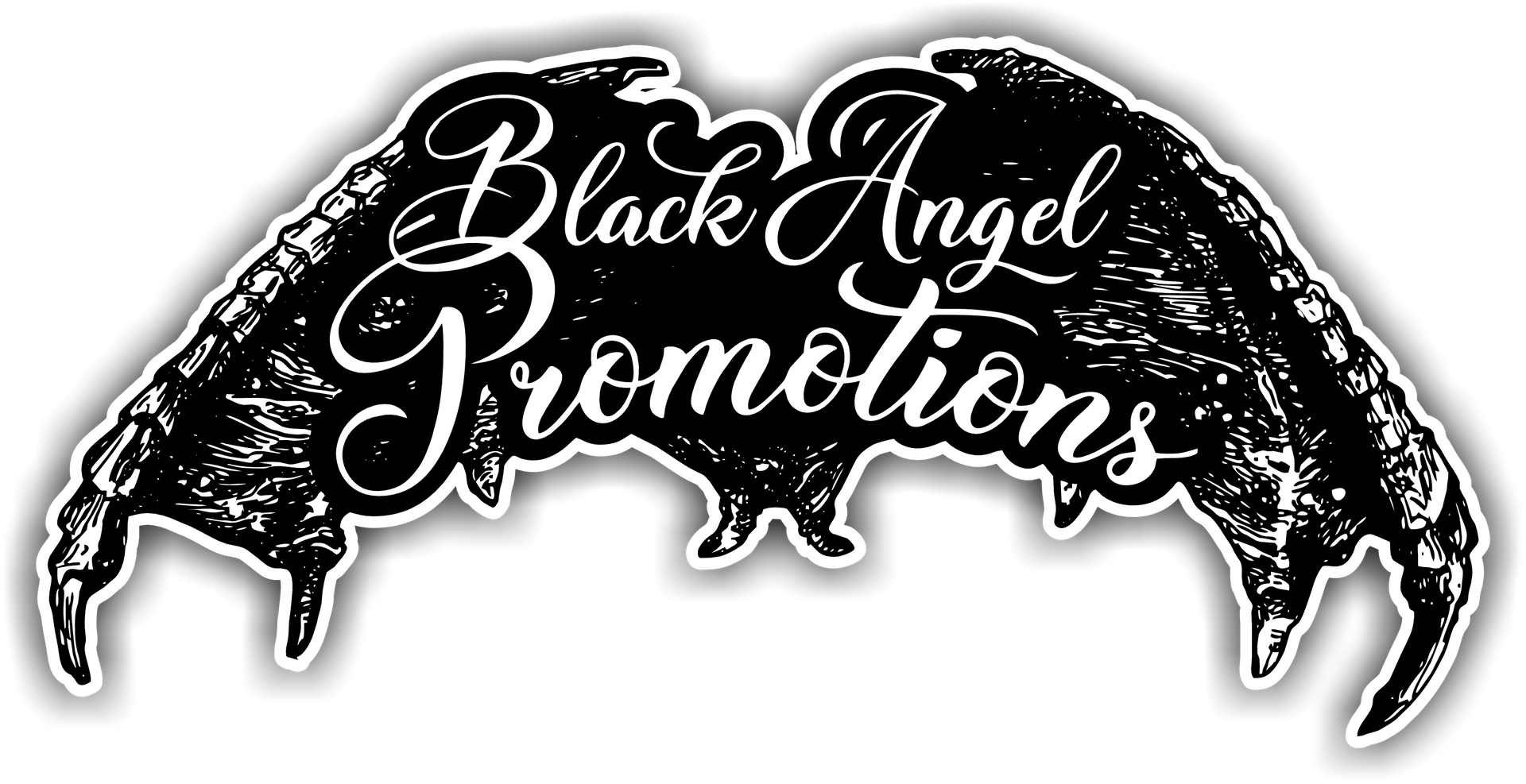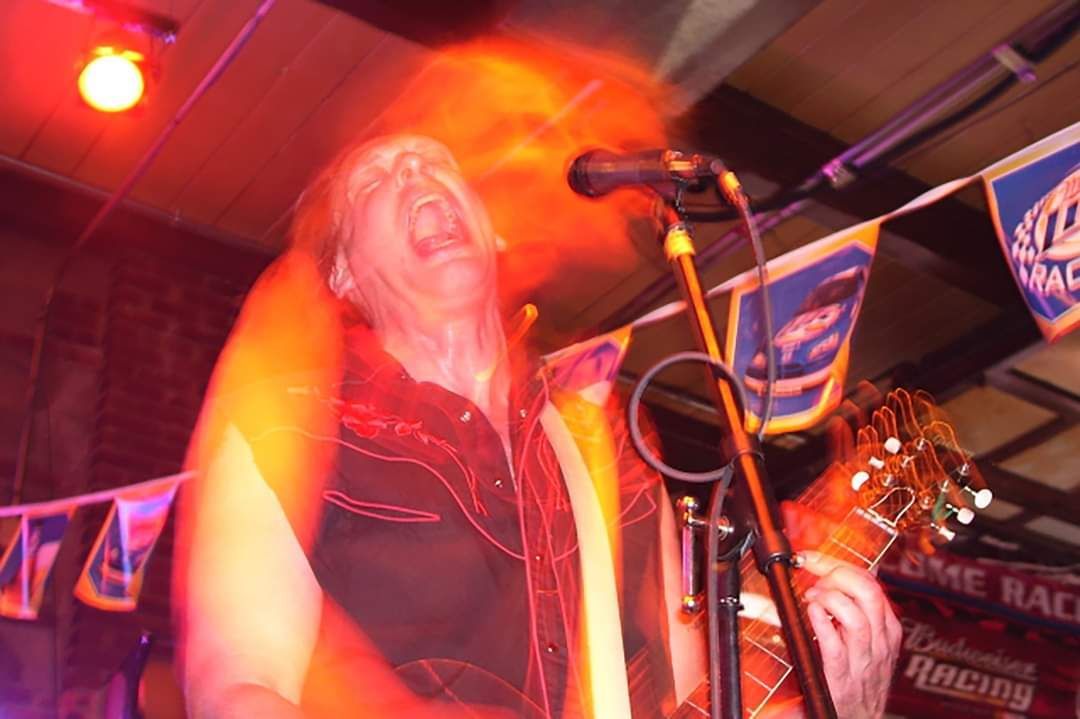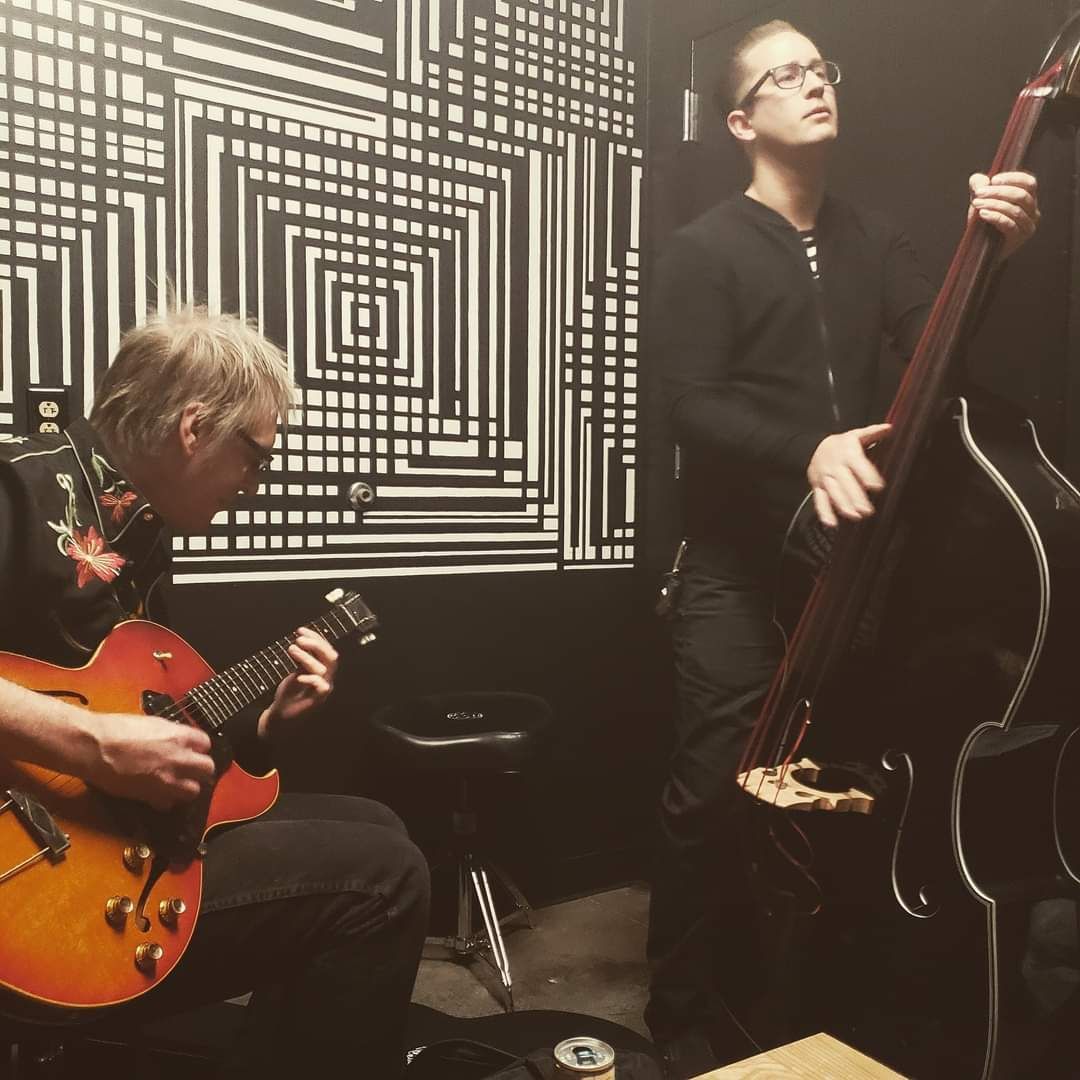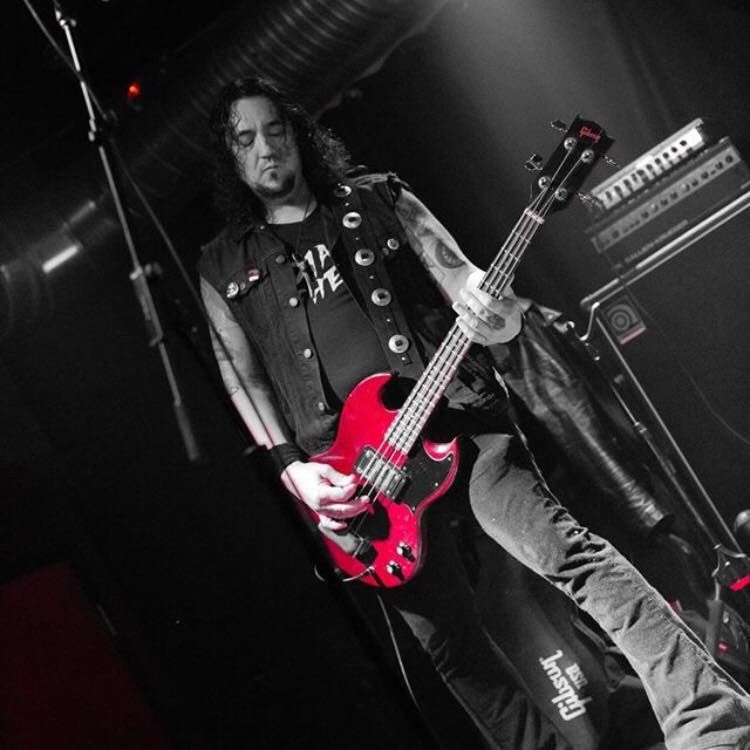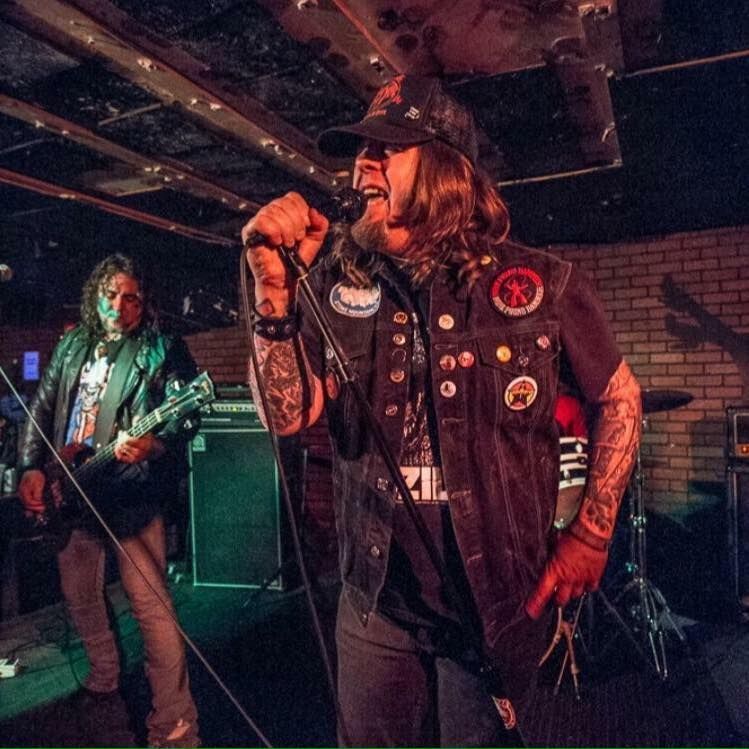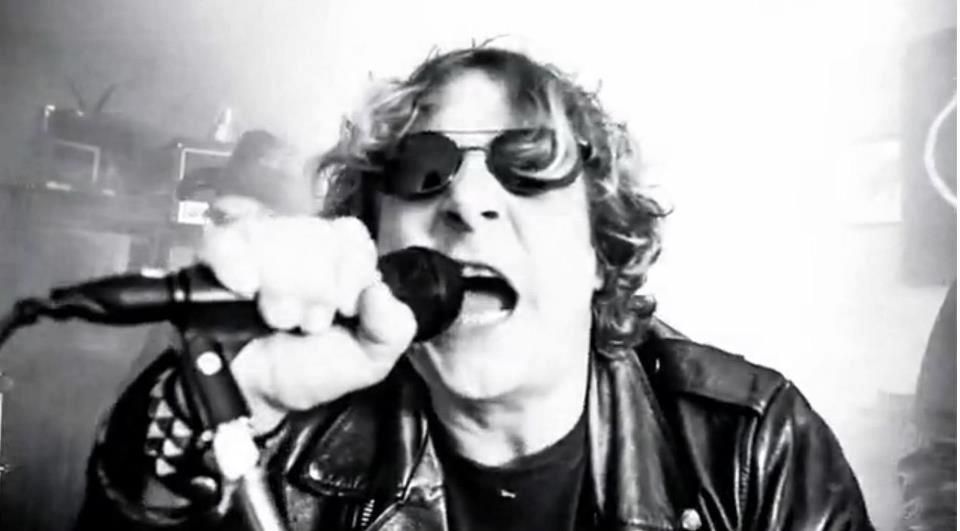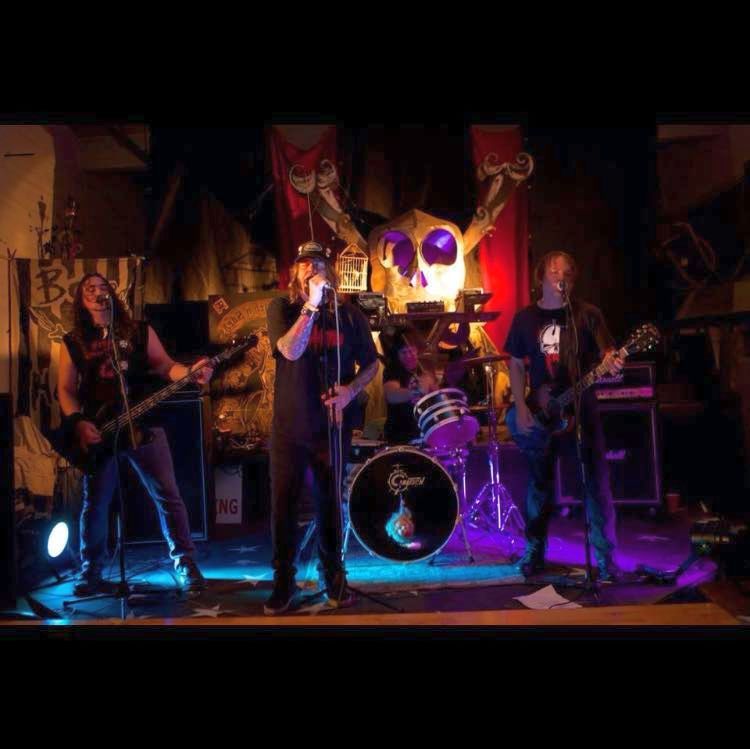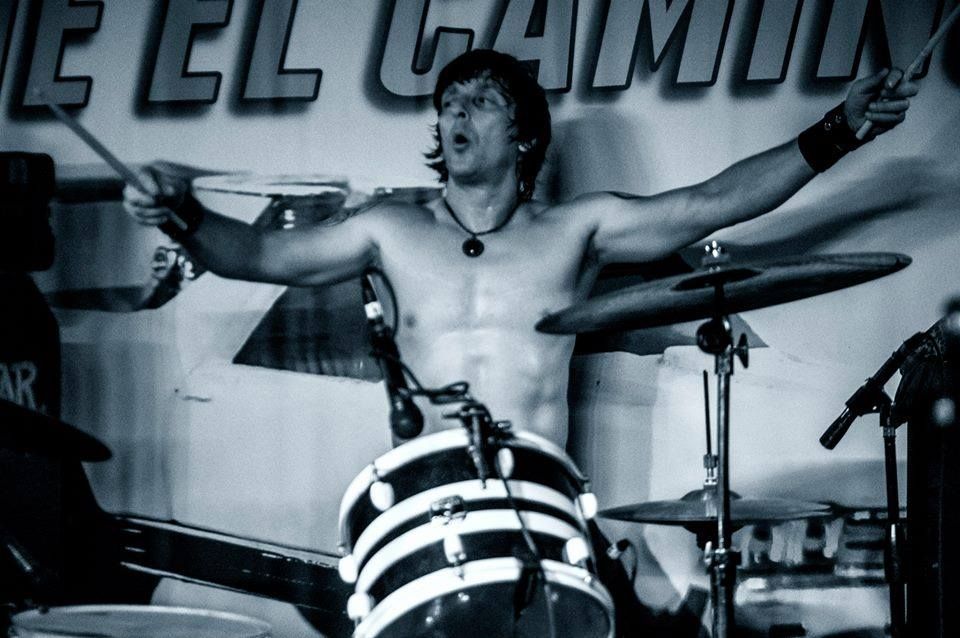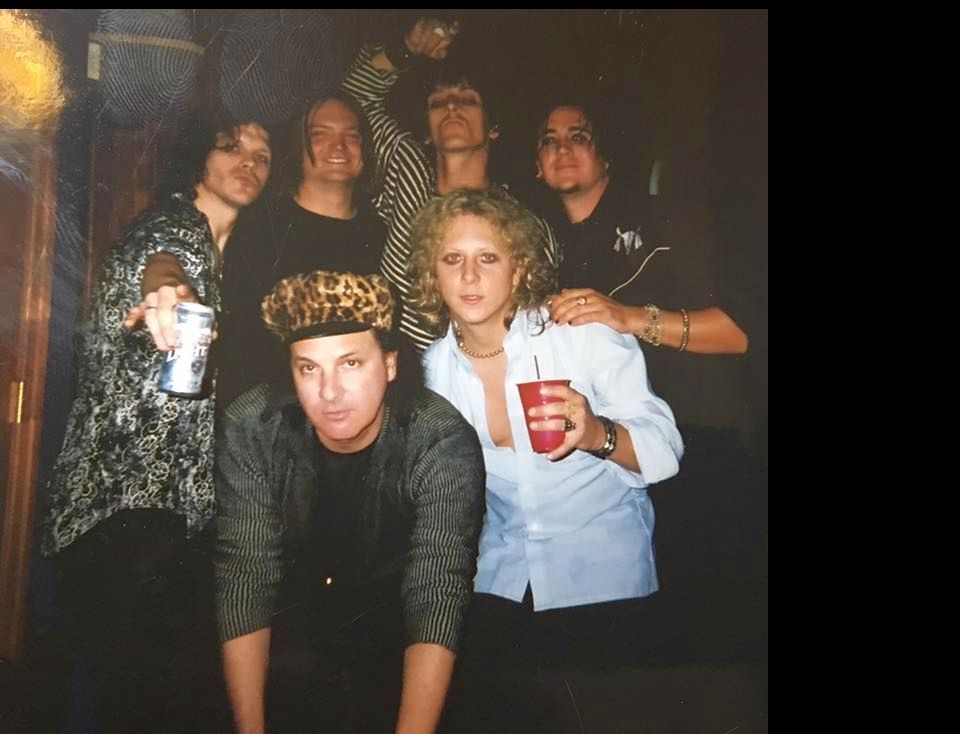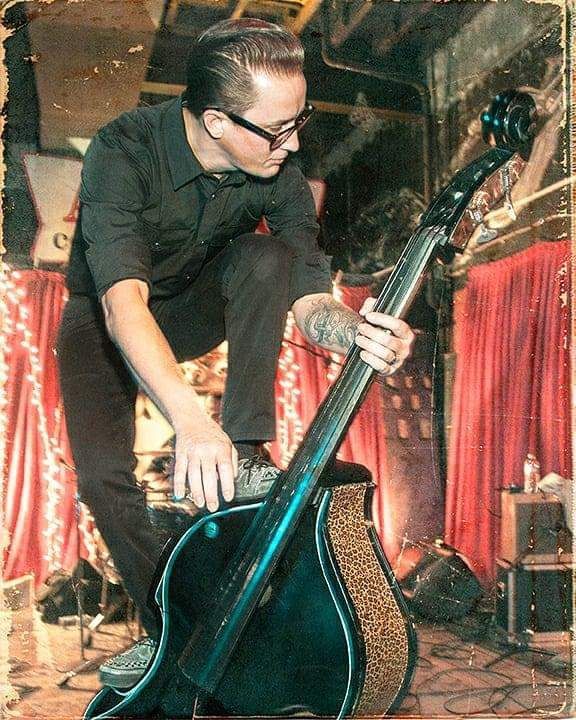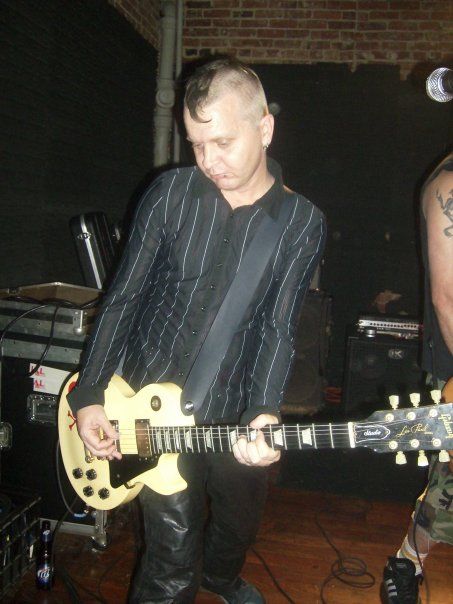Nothin' But A Good Time The Uncensored History of the 80's Hard Rock Explosion Review
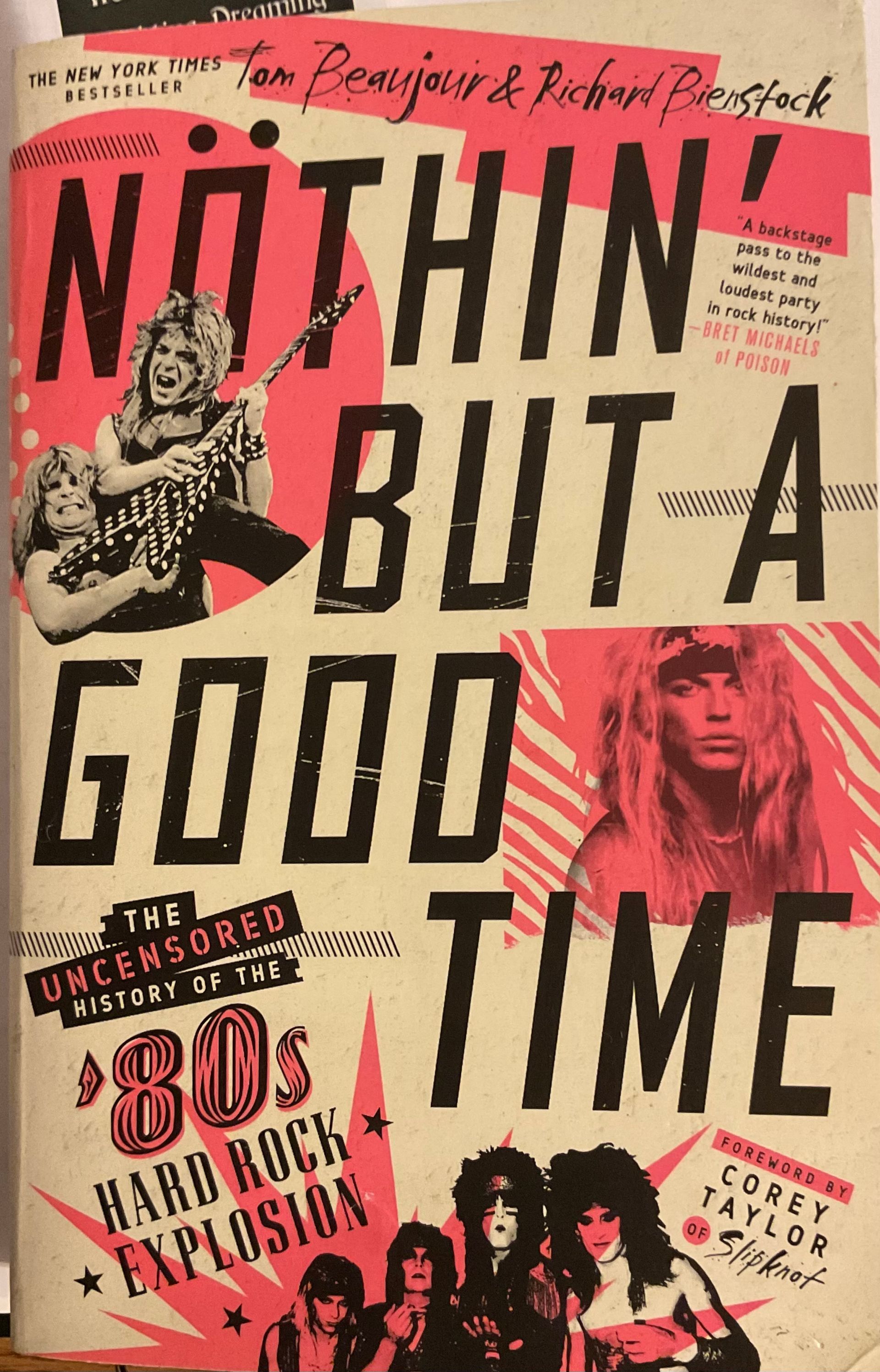
My first exposure to 80’s hard rock was Motörhead’s “Killed by Death” in 1984. Other tunes that followed were “I’ll Wait” by Van Halen, Iron Maiden’s “The Trooper,” Ozzy’s “Crazy Train,” and Quiet Riot’s cover of Slade’s “Cum on Feel the Noize.” I went from being a strait-laced, tie-wearing preppie, A-student, and quickly evolved into a full-fledged, tee shirt wearing sass-mouthed, metal head. But my grades remained up for the time being.
After reading the book and viewing the Paramount+ adaptation Nöthin' But a Good Time: The Uncensored History of the '80s Hard Rock Explosion, I honestly believe I know the exact moment the cultural center of the music industry shifted from L.A. to Seattle. It was, predictably, MTV’s fault. Rikki Rachtman described it in the Tom Beaujour and Richard Bienstock penned book, claiming the powers that be at the network selected Alice in Chain’s “Man in the Box” for the Buzz Bin, over Thunder’s “Dirty Love.” I think that’s the tipping point. That, coupled with the third and fourth generation glam bands that flooded the airwaves, it ignited an onslaught of industry bloat that created a downward spiral. Too many bands, doing the same thing, cliché after cliché. Don’t tell the metal heads, they still blame Nirvana. But the book and three-part Paramount+ documentary that resulted from said book, however, is more concerned with the rise and popularity of the genre than its eventual downfall.
From the rise of Quiet Riot, Mötley Crüe, W.A.S.P., Dokken and Ratt, to the second wave of bands such as Great White, and Poison, on through the successive generations, including the likes of White Lion, Jetboy, Trixter, and Tuff, most major bands are featured, at least in a cursory fashion, with very few exceptions. I noted specifically Cinderella, Europe and Slaughter’s absence from the Paramount+ documentary, but they are represented in the book. A surprising omission from the show was a discussion of Whitesnake’s defining “Here I Go Again,” what red-blooded American boy could resist drooling over Tawny Kitaen draped all over the hoods of a couple Jaguars in the music video? The video, however, makes a couple cameos without much real discussion.
Starting with a look back at the late 70s when Van Halen was the final big rock act to be signed to a major label before New Wave broke, the first episode of the series focuses initially upon Quiet Riot and Randy Rhoads, then slips into a look at the birth of Mötley Crüe, W.A.S.P., and Dokken. Some of the most revealing comments from the series came from producer/manger/song writer Alan Niven, who worked with the likes of Guns N’ Roses and Great White, to name a few. He emphasized the title of the piece, Nöthin' But a Good Time, stating that wasn’t his experience. It was life and death on the road, who lives, who dies, but Niven proudly states his biggest accomplishment was not losing anybody on his watch.
Other sobering scenes from the series come a bit later in the form of a look back at Penelope Spheeris’ Decline of Western Civilization part II: the Metal Years documentary. The tale of the Gazzarri’s house band fixture Odin comes to the forefront. In Spheeris’ film the lead singer confidently states he’d kill himself if he didn’t make it, well, aside from a small independent release of the seven-song e.p. The Gods Must Be Crazy (1987), the band and singer Randy “O” went nowhere. Fortunately, he had a change of heart and Randy “O” has not taken his own life, to date.
Slipknot’s Corey Taylor penned the foreword to the book and appears frequently in the series, singing the praises of bands such as White Lion, Poison, Vain, and Life, Sex & Death. Taylor was first drawn into the genre upon catching the video for “Looks That Kill” on MTV, and he was hooked. Taylor is steeped and very knowledgeable about the 80s metal scene.
Looking back from 40 years down the line at the 80s hard rock scene, I abhor the derogatory term hair metal, and have little love for the term glam metal, it was a different time, fueled by sex, drugs, strong drink and rock n roll. The misogyny is a little in your face from a 2025 perspective, but Spheeris interestingly notes, the women of the time were okay with it. She stood back as a documentarian and tried to objectively look at the scene, and found the ladies were complicit in their behavior. Deedee Keel, a booking agent for the Whiskey, stated in the show that working in a candy store, you were going to taste the sweets, and alludes to a hookup with Ratt’s Robin Crosby.
Several key albums are examined in depth, including Shout at the Devil, Look What the Cat Dragged In, and Appetite for Destruction. Videos and live performances abound from the likes of Faster Pussycat, and there’s even shots of the infamous meat-throwing days of W.A.S.P. The PMRC is briefly mentioned, but oddly the song “Shelter Me” was not referenced, as we all know, “Tipper led the war against the record industry / she said she saw the Devil on her MTV.”
All the key sites on the Sunset Strip make an appearance, The Troubadour, Cathouse, The Whiskey, The Rainbow, Gazzarri’s, and the rest. The series is more of a synopsis, a companion piece, to the Beaujour, Bienstock book. If you want to see how the times were from the perspective of artists, producers, groupies, roadies, hangers-on, etc., this is most certainly a series for you. And if you have a desire to dig deeper than the show goes, I highly recommend giving the book a read. A document that depicts the heyday of L.A.’s hard rock scene, Nöthin' But a Good Time is just that, a good time, a good read, a good binge worthy series.
~Mike
